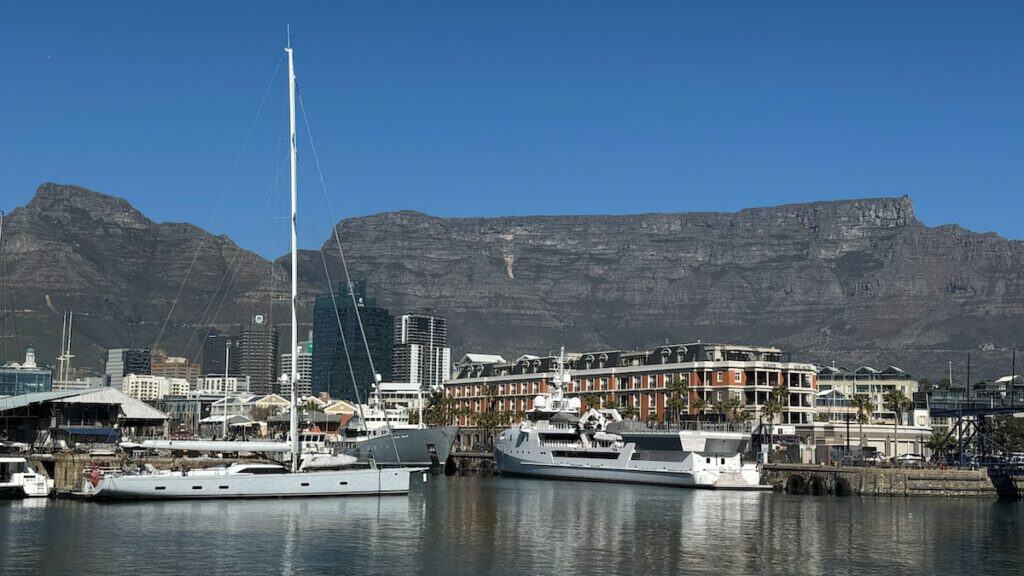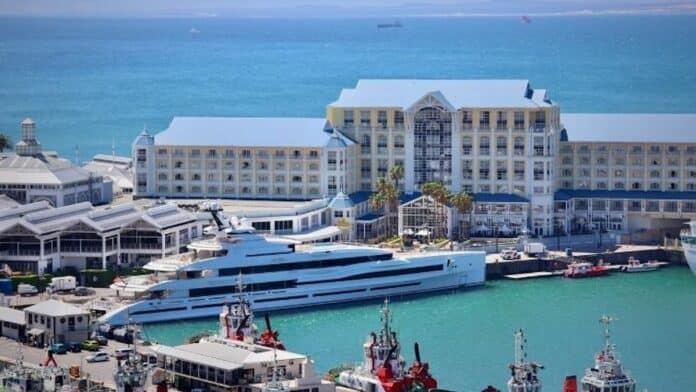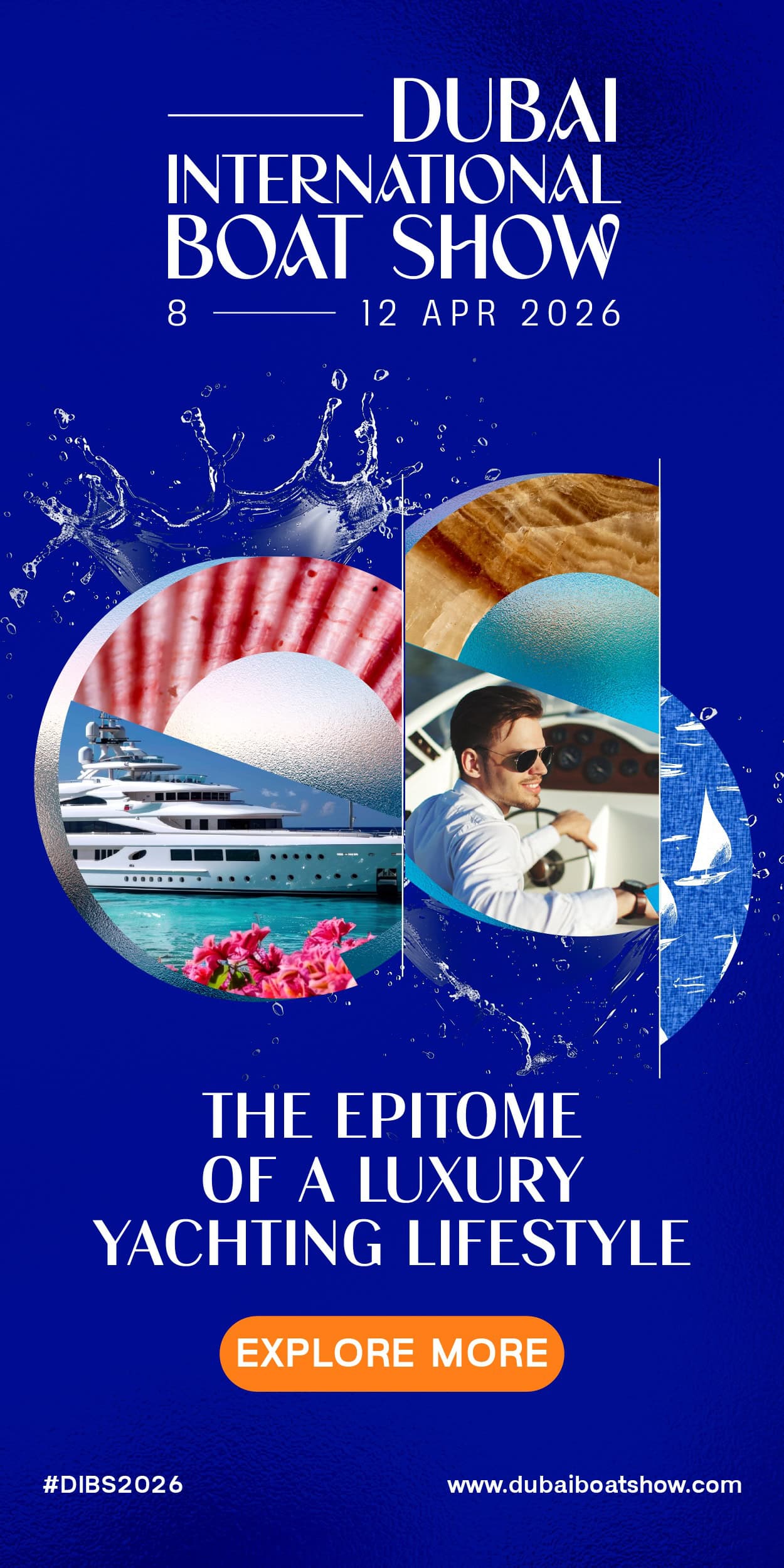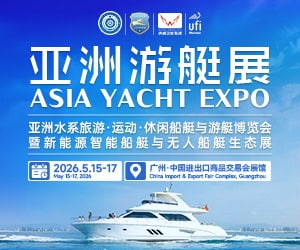Industry leaders and innovators will hear how South Africa is positioning itself as a significant global boating hub and learn about the opportunities this presents at the African Boating Conference.
The continent is experiencing a rise in the number of visiting yachts, with almost 300 expected in 2025, up from 88 in 2020.
Conference organisers say the steady rise — more than tripling the number of arrivals in five years — reflects not only global cruising routes shifting away from the Red Sea due to piracy and geopolitical tension, but also South Africa’s strengthening reputation as a welcoming and well-equipped haven.
The continent began encouraging visiting yachts during Covid-19 when international borders closed.

With dozens of yachts stranded across the Indian Ocean unable to enter a port, two members of the Ocean Cruising Club (OCC), John Franklin and Jenny Crickmore-Thompson stepped in.
The pair worked with South Africa’s maritime authorities and lobbied to reopen the nation’s ports for a limited six-week window to provide a lifeline for crews adrift.
A detailed spreadsheet was compililed by John, estimating the direct spend of each yacht on repairs, berthing, provisioning, and local services.
“The results were startling, especially to the maritime authorities,” explained a spokesperson from the conference organisers.
Direct local spending
“Even amid lockdown, these visiting sailors injected millions of rand into coastal economies.
“When the Department of Transport and maritime officials saw the figures, a temporary measure became permanent policy.”
It is estimated that during a three-month stay visiting yachts spend between R350,000 and R400,000 per yacht. over R86 million in direct local spending.
“The projected R86 million does not include expenditure arising from round-the-world races,” explained John.
“These events pull in international supporting team crews for each boat for the duration of the stopover to manage their maintenance programmes prior to the Southern Ocean leg.
The projected R86 million does not include expenditure arising from round-the-world races.
John Franklin
“This often includes hull repairs, new sails and rigging as well as replacement equipment and, of course, provisions.”
However, conference organisers warn that while the benefits are clear, the infrastructure is lagging behind, with many marinas struggling with limited berthing, particularly during the busy October-to-December cruising season.
In addition, the limited leasing structure on yacht clubs, in some cases on a month-by-month basis, has stifled long-term investment and facility upgrades.
“If South Africa wants to build on this unexpected maritime success story, it must invest in its own blue tourism infrastructure — not only to accommodate growing demand, but to recognise the real value of these ocean-borne visitors,” explained the conference spokesperson.
Premier gateway
“What began as a six-week crisis response in 2020 has evolved into a sustained and growing economic engine.
“With better facilities, stable and long-term marina lease policies, and continued hospitality and tourism spend, South Africa could cement its place as the premier gateway for global cruising between the Indian and Atlantic Oceans.”
The conference will take place on 21-22 October in Cape Town.




